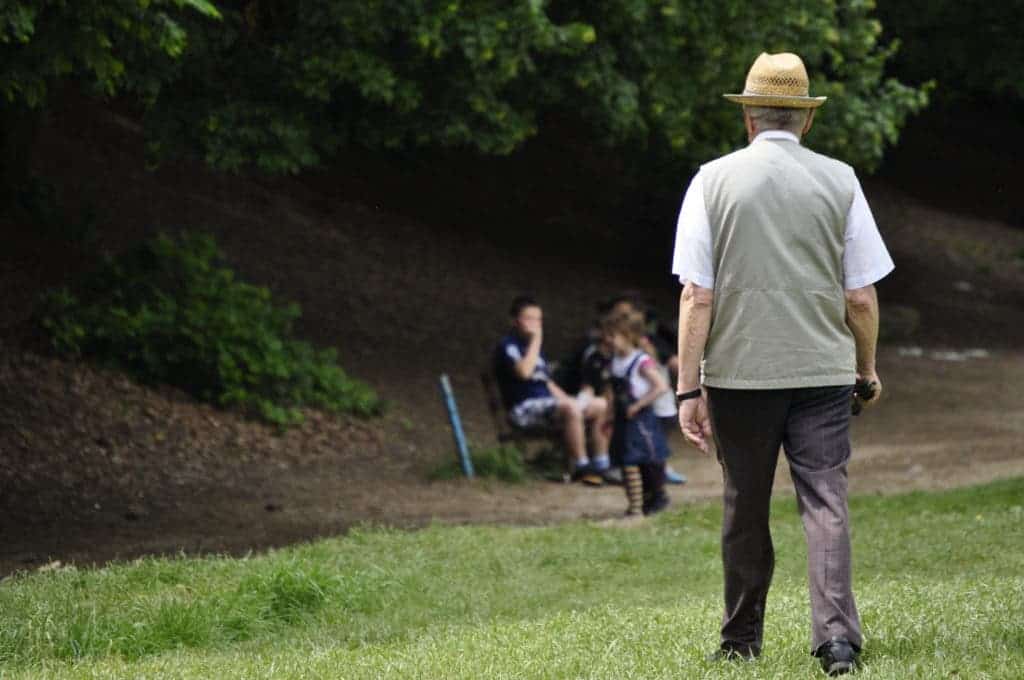Just an hour a week of brisk walking can stave off disability in older adults with arthritis pain, joint aches or stiffness. That’s less than ten minutes a day — an extremely small price to pay for maintaining better health in older age.
“This is less than 10 minutes a day for people to maintain their independence. It’s very doable,” said lead author Dorothy Dunlop, professor of preventive medicine at Northwestern University Feinberg School of Medicine. “This minimum threshold may motivate inactive older adults to begin their path toward a physically active lifestyle with the wide range of health benefits promoted by physical activity.”
In the US alone, over 14 million adults suffer from symptomatic knee osteoarthritis — the most common form of osteoarthritis. About 40% of them (5.6 million) develop disability limitations and are unable to fully function independently. In a new study, researchers report that even just one hour of moderate-to-vigorous physical activity allowed older adults to maintain their ability to perform daily tasks without major inconvenience.
Essentially, the weekly hour of exercise reduced the risk of mobility disability (for instance walking too slowly to cross the street) by 85% and their risk of activities of daily living disability (difficulty performing routine tasks such as bathing and dressing) by almost 45%.
The study analyzed four years of data on more than 1,500 adults in the national Osteoarthritis Initiative from Baltimore, Pittsburgh, Columbus and Pawtucket, Rhode Island. All the adults had some pain, aching, or stiffness in their lower extremities, but were free from all disability when the study began. Researchers measured physical activity using accelerometers, eliminating potential bias caused by self-reporting.
Four years after the start of the study, about 1 in 4 adults who did not get this hour of brisk physical activity were walking too slowly to safely cross the street. Similarly, 23% reported problems performing their morning routine.
Of course, one hour of physical activity can be a significant problem for adults who are already starting to struggle with arthritis — but it doesn’t have to be anything too extreme. Researchers say that even brisk walking (like when you’re late for a meeting or hurrying to catch the bus) qualifies.
“Our goal was to see what kind of activity would help people remain free of disability,” Dunlop said.
“We hope this new public health finding will motivate an intermediate physical activity goal,” Dunlop said. “One hour a week is a stepping stone for people who are currently inactive. People can start to work toward that.”
The study will be published April 1 in the American Journal of Preventive Medicine.










